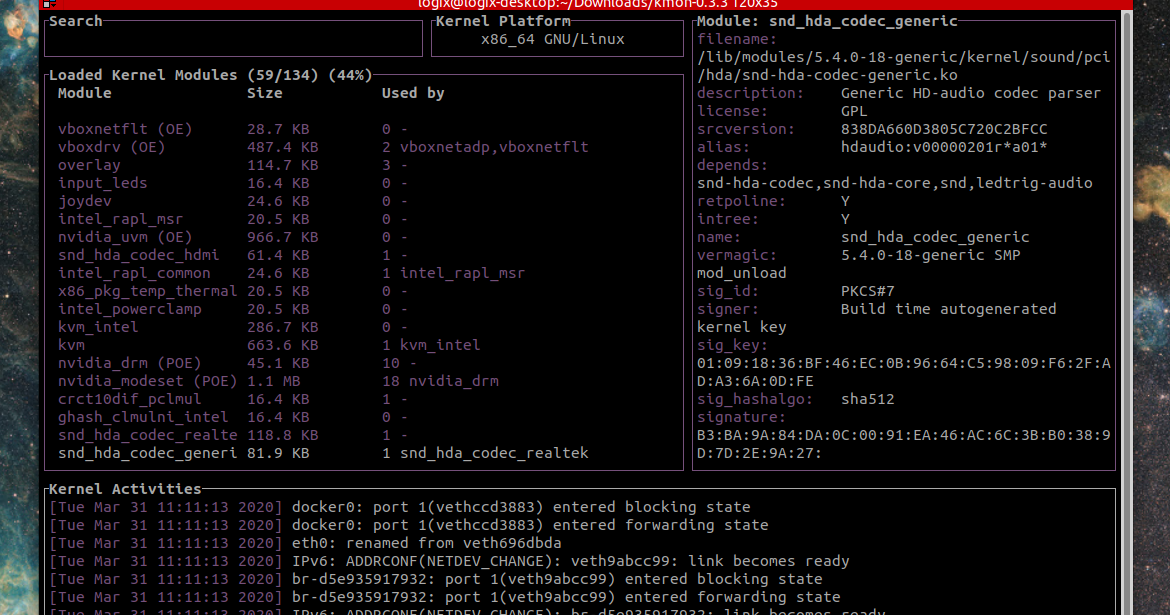
#WRITING KERNEL MODULES LINUX C HOW TO#
Whether you are trying toget sound, wireless support, and power management working on a laptopor incorporating enterprise features such as logical volume managementon a large server, you can benefit from the insights in this book. Key FeaturesDiscover how to write kernel code using the Loadable Kernel Module frameworkExplore industry-grade techniques to perform efficient memory allocation and data synchronization. Computers big and small have special requirements that requirereconfiguring and rebuilding the kernel.

make -C LINUXSOURCE ARCHarm CROSSCOMPILEarm-linux-gnueabihf- MPWD modules. No distribution can provide a Linux kernel that meets all users'needs. Build and install kernel modules Write a kernel module and use it to. To create a kernel module, you can read The Linux Kernel Module Programming Guide. They extend the functionality of the kernel without the need to reboot the system. Far from a boring text on programming, Linux Kernel Module Programming Guide has a lively style that entertains while it educates. Boot debugging Kernels Kernel parameters Compile kernel module Kernel modules are pieces of code that can be loaded and unloaded into the kernel upon demand.


It takes a hands-on approach starting with writing a small "hello, world" program, and quickly moves from there. You will write a module that executes as a kernel-space extension of Linux to report the values of the kernels xtime variable. This book is an excellent guide for people who want to write kernel modules.


 0 kommentar(er)
0 kommentar(er)
